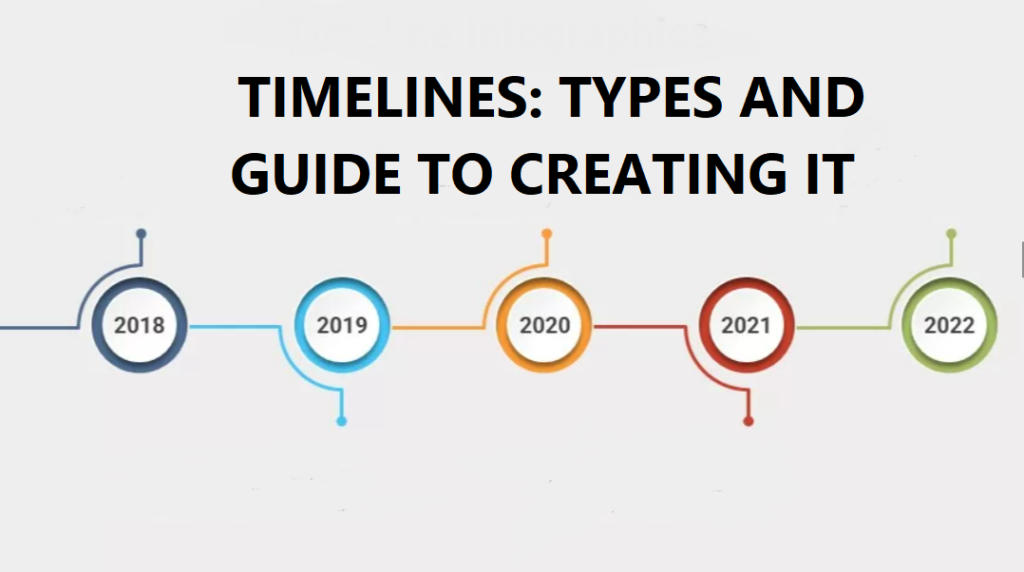In today’s hyper-connected world, where businesses operate globally and conferences span continents, simultaneous interpretation has become a cornerstone of effective communication. Whether in international diplomacy, global business summits, or multilingual webinars, real-time translation ensures that language is never a barrier.
As technology advances, organizations and event planners are now faced with a critical choice: Should they opt for human interpreters or rely on AI-powered machine interpretation? This decision is not just about cost or convenience—it directly impacts accuracy, audience experience, and the credibility of your message.
In this article, we provide a balanced, SEO-optimized breakdown of human vs. AI simultaneous interpretation, exploring key factors such as accuracy, efficiency, scalability, cost, and suitability for different event types.
What is Simultaneous Interpretation?
Simultaneous interpretation is the process of translating spoken content from one language to another in real time. The interpreter listens to the speaker and delivers the translation almost simultaneously to the audience—typically through headsets or digital platforms. This differs from consecutive interpretation, where the speaker pauses for the interpreter to translate after each segment.
The growing demand for simultaneous interpretation stems from the need for real-time multilingual communication in international events, legal proceedings, diplomatic talks, and virtual webinars.
The Rise of AI in Simultaneous Interpretation
Artificial Intelligence has made significant strides in natural language processing (NLP), machine learning, and speech recognition. This has led to the emergence of AI-powered interpretation tools capable of processing and translating speech with remarkable speed.
From cloud-based solutions like Google’s interpreter mode and Microsoft Translator to real-time translation hardware and APIs, AI interpretation tools are becoming more accessible and sophisticated. However, the key question remains—can machines match the nuance, tone, and accuracy of a human interpreter?
Human Simultaneous Interpreters: The Gold Standard of Accuracy
Accuracy and Contextual Understanding
Human interpreters excel at understanding context, cultural nuances, idiomatic expressions, and speaker intent. Whether it’s humor, sarcasm, metaphors, or industry-specific jargon, experienced interpreters can adapt the message with near-perfect accuracy. In high-stakes settings such as UN conferences, courtrooms, or medical consultations, even minor errors can have significant consequences. Here, human interpretation remains indispensable.
Emotional and Cultural Sensitivity
Live interpreters can convey tone, emotion, and cultural relevance, which machines often miss. This human touch is particularly important during diplomatic meetings, negotiations, or events involving sensitive topics.
Flexibility in Unscripted Situations
Human interpreters can quickly adapt when speakers deviate from the script, speak with an accent, or use colloquial language. They can also handle disruptions, questions, and spontaneous dialogue—a scenario where AI often struggles.
Limitations
- Cost: Hiring skilled interpreters can be expensive, especially for rare languages.
- Availability: There’s a shortage of trained interpreters in certain regions or fields.
- Fatigue: Interpreters require breaks every 20–30 minutes due to mental fatigue.
- Logistics: Physical booths, equipment, or travel arrangements may be required.
AI Simultaneous Interpretation: Speed and Scalability
Speed and Efficiency
AI interpretation tools, often powered by cutting-edge luxury technology, offer instant translation without pause or delay. For fast-paced events or large virtual meetings, this speed can be a game changer. AI doesn’t get tired or need breaks—making it ideal for continuous sessions.
Cost-Effectiveness
AI platforms typically operate on a subscription or pay-per-use model, making them more affordable for long-term or large-scale usage. For example, organizations hosting recurring webinars may find AI tools more economical.
Scalability and Accessibility
AI interpretation can serve hundreds or thousands of users simultaneously, regardless of geographic location. In virtual environments, attendees can access real-time interpretation via web or mobile apps—no need for physical booths or headsets.
Limitations
- Accuracy trade-off: AI often struggles with homonyms, accents, slang, and complex syntax.
- No crisis management: AI systems cannot self-correct or clarify like a human interpreter can.
- Cultural disconnect: Literal translations may seem awkward, inappropriate, or even offensive.
Side-by-Side Comparison: Human vs. AI Interpretation
| Feature | Human Interpreter | AI Interpreter |
| Accuracy | High (with contextual insight) | Moderate to High (literal translation) |
| Cost | Higher (especially for experts) | Lower (scalable pricing) |
| Speed | Near real-time (slight delay) | Instant |
| Cultural Understanding | Deep (emotional nuance) | Limited |
| Adaptability | Excellent | Poor to Moderate |
| Scalability | Limited | High |
| Setup Requirements | Equipment, booths, coordination | Internet connection, software |
| Fatigue Factor | High | None |
When to Choose Human Interpreters
Consider hiring professional simultaneous interpreters if your event involves:
- Legal, medical, or diplomatic matters
- High-value negotiations or sensitive discussions
- Culturally diverse audiences
- Multiple unscripted speakers
- Stakeholder expectations for flawless communication
When AI Interpretation is a Viable Option
AI interpretation works best in:
- Virtual events or webinars with predictable formats
- Training videos, recorded content, or structured presentations
- Large-scale internal meetings across global offices
- Budget-conscious organizations seeking multilingual access
- Scenarios where “good enough” translation suffices
It’s also useful for preliminary understanding or on-the-fly communication—for instance, during international customer service calls or in travel scenarios.
The Best of Both Worlds: Hybrid Interpretation
The future lies in a hybrid model where AI assists human interpreters rather than replaces them.
For example, AI tools can:
- Provide initial drafts of translations for human review
- Offer real-time captioning while interpreters deliver polished voice interpretation
- Help with glossary preparation and technical term identification
- Ensure wider accessibility for diverse audiences
Combining the scalability of AI with the precision of human expertise can dramatically improve efficiency without sacrificing quality.
Final Thoughts
The debate between human and AI simultaneous interpretation is not about which is better—it’s about which is right for your specific needs.
If you require precision, diplomacy, or emotional nuance, human interpreters remain indispensable. But for scalability, budget control, and speed, AI-powered solutions are rapidly evolving to become a valuable asset.
As global communication continues to demand real-time, multilingual interactions, striking the right balance between accuracy and efficiency will be key. Whether you choose a human, machine, or hybrid approach, investing in the right simultaneous interpretation solution will ultimately ensure your message is heard—and understood—across any language barrier.





